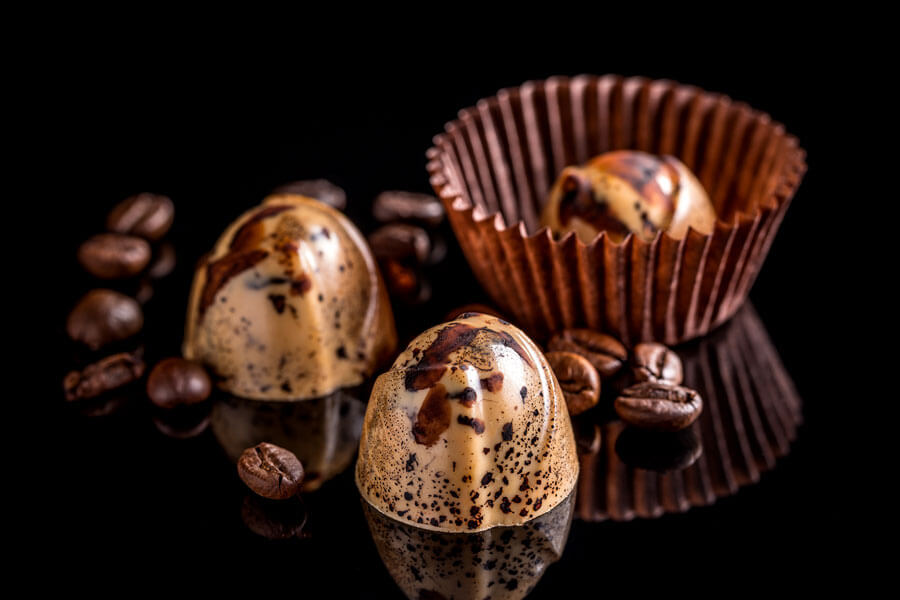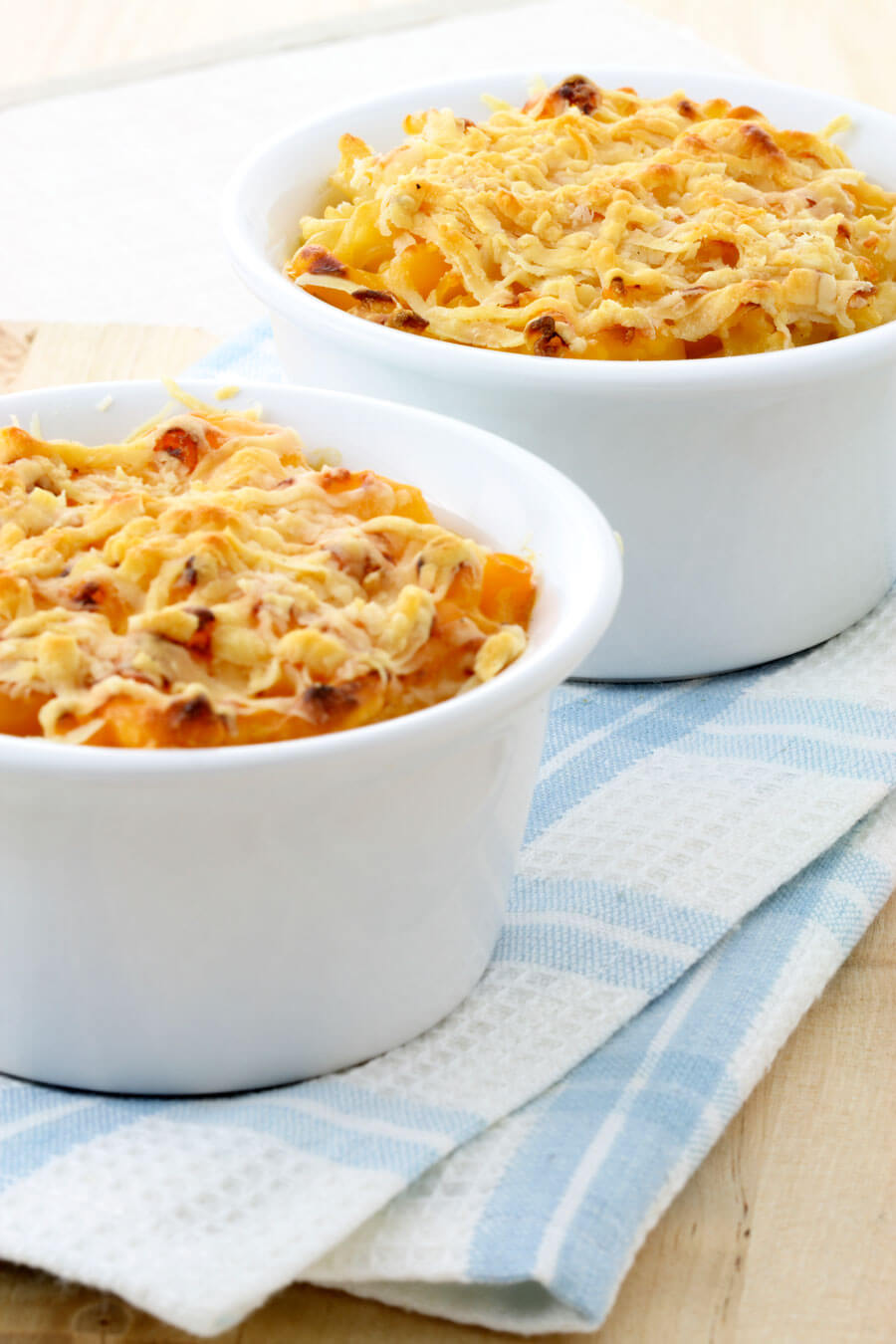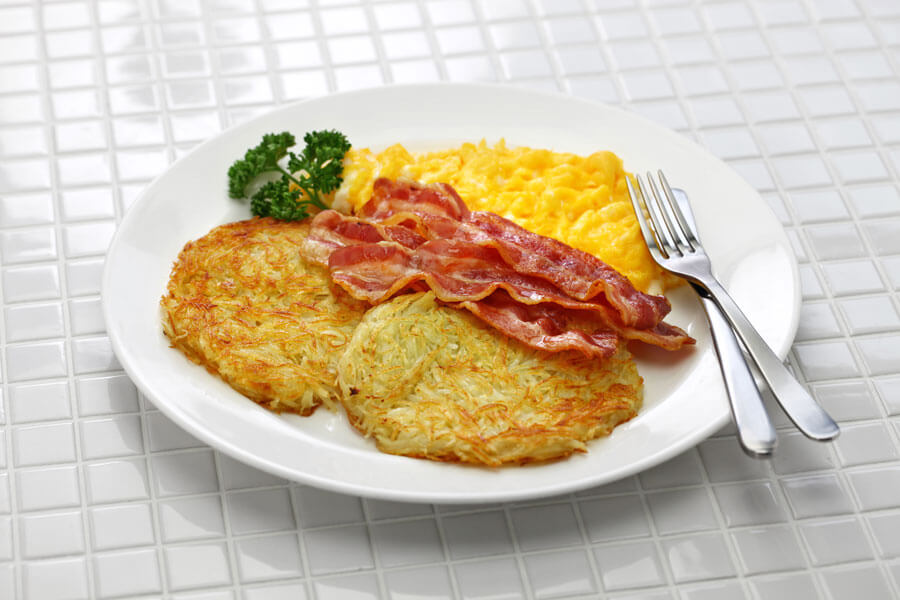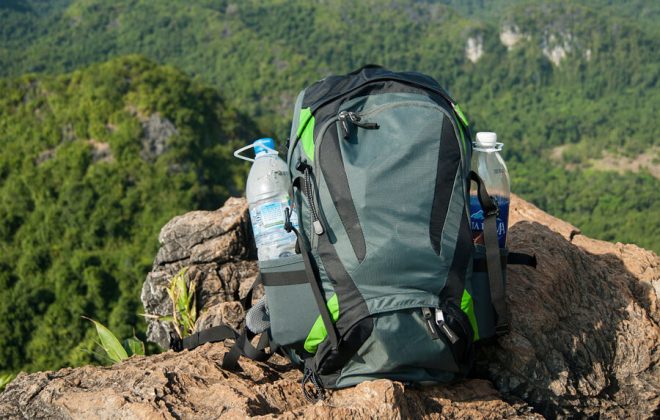5 Must-Try Dishes of Swiss Gastronomy
Snowy mountains in winter, flowery meadows in the spring and herds of cows about to graze. The image of Switzerland is instantly recognizable. If we ask for the most famous product, we will certainly think of clocks or swiss knives but the true answer is chocolate. In addition to them there are other delicacies to discover. Travel to Switzerland and come to taste this gorgeous country’s cuisine!
Cheese fondue
Cows do not go there by chance, as they are the source of one of the basic ingredients of Swiss cuisine: milk. There are 22 cantons in Switzerland and many more regional varieties of cheese. If you are a cheese appreciator, you will have to try the four great varieties – Gruyère, Emmental, Vacherin and Appenzeller – and of course, visit an Alpine cheese factory. But what you can’t miss doing, even if you’re not a cheese fan, is to try the Swiss specialty – the fondue. The proportions of the various types of cheese in the mix are the best kept secret of some chefs, but it is true that perfection is sometimes very simple. If not, how do you explain the delight of a simple plate of melted cheese? The “caquelón” is the typical red pot in which the iguaria is served. In Geneva, some typical places to try this wonder are Café du Soleil (the oldest in the city) and Gruyèrien!
Raclette
Switzerland, being a country of strong agricultural tradition and without direct access to the sea, created gastronomy around its most abundant ingredients. The result is a kitchen based on cheese, cream, potatoes, onions and some smoked and preserved meat products, such as sausages. Perfect to withstand the rigors of winter (or replenish energy after a few hours on the ski slopes), it leaves us satisfied, ready to go to the edge of the fireplace with a glass of hot chocolate in hand. Raclette, an easy dish to make, is a mirror of that: melted cheese (which may be Raclette, but also Gruyère or Appenzeller) scraped over cooked potatoes, cornichons (small pickled cucumbers) and pickled scallions . This is the basis of a simple meal, of peasants, which can be brought to the pins with various types of cheese, vegetables and sausages. The restaurant Les Armures, in Geneva, has a great tradition in this dish, as in all cheese specialties.
Alplermagronen
Did you notice that we went to the most Germanic side of Switzerland by the name of this dish? German and French (and, to a lesser extent, Italian) influences are not only cultural or linguistic and are also reflected in gastronomy! But the Alplermagronen is one of those dishes that seems to want to mix everything that is good in the various traditions that come together in this country, and with many carbohydrates! So, let’s see: cheese, the quintessential French ingredient; Potato, the essential German ingredient; and the macaroni, from the Italian side; all gratin with onion, bacon (or other smoked meat) and accompanied with roasted applesauce! If the courage and appetite are with you it can still accompany you with the wonderful Swiss bread (it is a little known fact about the cuisine of Switzerland that there are about 200 varieties of bread in the country)! With the plate full of this delight you will have three options afterwards: a well-deserved nap, a walk along the shore of Lake Geneva or, if you are in a ski resort, a few hours of intense exercise to burn calories!
Rosti
This dish is so famous in Swiss cuisine that it even found a place in the political discourse of the country! The “Rostigraben” is the “pit of the Rosti“, or the “curtain of the Rosti“. According to some, the geographical division of regions where the dish is or is not consumed in Switzerland illustrates a number of other differences at the cultural, social or political level. It is a lot of responsibility for a humble dish that began its history as a farmer’s breakfast. The Rosti is easy to prepare: potatoes grated and fried in a pan with butter! Potato starch forms a kind of pancake that is sometimes accompanied by another classic: spinach and fried eggs. In Zurich, don’t forget to try the dish, for example, in the Alpenrose restaurant, which, as the name suggests, looks like an alpine chalet inside. When you travel to Geneva do not miss the experience at the Café du Bourg-de-Four, in the old part of the city, open since the end of the 19th century!
Chocolate
Purists can argue that chocolate is not a dish, but we will have to disagree. Not even pointing to the obvious chocolate fondue! The history of Switzerland and chocolate is as classic as unlikely: after all, cocoa arrived in Europe in the 16th century by the hand of countries with tradition in overseas trade, a group in which Switzerland is not clearly included. However, it was in Switzerland that the elevation of the manufacture of chocolate was given to an art form. By combining cocoa with the abundant national product, milk, the Swiss created milk chocolate, fondant and many other techniques that were adopted by all of Europe later. On the other hand, many of the most famous European chocolate houses have Swiss chocolatiers that traveled the continent to teach their techniques. How to try this tradition in the best way? In Geneva there are walks with chocolate tasting of several houses in the city, and in Zurich you can visit the Lindt factory. Or, why not get to know the beautiful medieval village of Gruyères? Not only was it given the name of one of the most famous cheeses in the country as it is also the headquarters of the Maison de Cailler chocolate factory!









